“Nothing in the world is worth having or worth doing unless it means effort, pain, difficulty…”
– Theodore Roosevelt
 After a couple of years of lying low due to music business and touring burn out, Tucson’s power-pop duo Ryanhood released a gorgeously melodic, folksy, acoustic guitar-driven 12-track disk at the end of 2013. The two 32-year-olds, Ryan Green and Cameron Hood, have scribed lilting songs on Start Somewhere that show a Zen growth, themes that arise from experiencing deep disappointments and coming out the other side spiritually as a Phoenix rising. The album’s song Sickbed Symphony recently garnered the band recognition from the 2014 International Acoustic Music Awards as the “Best Group/Duo.”
After a couple of years of lying low due to music business and touring burn out, Tucson’s power-pop duo Ryanhood released a gorgeously melodic, folksy, acoustic guitar-driven 12-track disk at the end of 2013. The two 32-year-olds, Ryan Green and Cameron Hood, have scribed lilting songs on Start Somewhere that show a Zen growth, themes that arise from experiencing deep disappointments and coming out the other side spiritually as a Phoenix rising. The album’s song Sickbed Symphony recently garnered the band recognition from the 2014 International Acoustic Music Awards as the “Best Group/Duo.”
Recorded locally at Super Pro Studios, the sound is beautifully clean and clear, wonderfully rendering the acoustic tracks that convey positive messages of hope, acceptance, change, growth, and a better understanding of life’s lessons. Highlights of those motifs are in How to Let it Go—a soaring, upbeat account of the struggle to release jealousy and fear; Sickbed Symphony—a sweet, heart-wrenching tune about facing death and finding the best in life: “don’t bother with complaint ‘cause life ain’t the way it ain’t… make your lives a song, a simple symphony, may your melodies be soft and strong… train your eyes to see all the beauty that is in-between, train your lips to make a joyful noise.”
Lifetime continues with a message of pro-active growth, “I keep on waiting on the way it could be and missing everything in front of me; don’t want to anymore. So I make a list of all the things I could do and face everything inside of me that I’m scared to lose.”
Subsequent tracks, Lover’s Lament, The Moon, and Start Somewhere encapsulate the issues we all face—living in the past, not believing in ourselves, and realizing that anything worth doing is difficult.
There are also poignant instrumentals—Red Line Reel, Dillinger Days, and Motels—plus some really tender love songs: Summer Rain, Say It So and All About You.
The album is powerfully genuine, and Ryanhood should be applauded for having the courage and sense of self to be so open-hearted in a hard, cruel world.
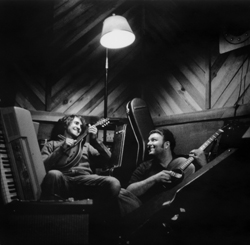
Ryan Green & Cameron Hood
In an email interview, Cameron and Ryan offer their insight on the album and the songs.
I love the positive themes of hope, acceptance, love, living in the moment, growth, moving on… are these themes mostly revolving around the lessons learned from trying to break into the national scene and music industry? Along with past/present romantic relationships? Family relationships?
Cameron: Absolutely. Both. I would say, for me, the biggest theme is about accepting and loving what I have now, instead of believing I’ll only be happy later, once some objective has been reached. Like, once we’re playing a certain size of theatre, or have won a certain kind of award, or once a certain number of people know who we are. Or romantically, once I’m with so and so, and we live in a certain size of house. There’s a line from the song “Lover’s Lament” that goes, “If I say I’ll be happy when/Do I keep myself unhappy ’til then? And if I don’t like this moment, how will I like the next?/ It’s probably gonna be, probably gonna feel a lot like this.” So I am learning everyday to enjoy what I have. That way, as we do achieve those things, I stand a chance of actually enjoying them, because I’m already enjoying my life now.
Those messages of change, growth, understanding of life come through powerfully in “How To Let It Go,” “Sickbed Symphony,” “Lifetime,” “Lover’s Lament,” “The Moon,” “Start Somewhere.” What happenstances lead to scribing those songs?
Cameron: Our last record, After Night Came Sun, was, for my part, about the collapse of a relationship I was in. And as a band, it was about the fatigue of beating our heads against a door we didn’t know how to open. It was a chronicle of things falling apart, and though there was a hint of restoration and hope by the end of that record, I think the songs on this record pick up where the last one left off. “How to Let it Go” and “The Moon” are about the troublesome practice of looking for your worth in someone else’s eyes. “Lifetime” and “Start Somewhere” are songs that take stock of where we are musically, professionally; that search for strength to move forward. I can understand if it sounds overly-dramatic to talk about the difficulty of moving forward, the fatigue of being in a band. It’s like; “What do these guys do all day, make music? How hard can that be?” But it’s a marriage, and a friendship, and a perpetual road trip, and business venture all at once, all the time. And as with any business venture, you have to sell a product. But when you’re selling your own art—your own thoughts and feelings—your heart is on the line constantly. If people come to the shows, and buy your record, and give your album positive reviews, you feel great. When they don’t, you don’t. I think this album is about slowly getting out of that entire way of thinking.
What other experiences did y’all cull from to write the songs? During what time period were the songs written?
Cameron: The album opener, “Red Line Reel” was written a few weeks before we went into the studio, and the first drafts of “Start Somewhere” date back to before we make The World Awaits.
I see album was recorded between Oct. 10-13, 2013 locally. Who runs Super Pro Studios and why did Ryanhood decide to record there?
Ryan: It’s run by our friend Ryan Alfred, who I went to Berklee College of Music with. We’ve been longtime friends and musical collaborators. We both have a lot of trust and respect for each other, which helps immensely when making recording/songwriting decisions, and working with him has helped us to turn the page from prioritizing perfect performances and to focus on capturing moving and compelling ones. He also produced our previous album After Night Came Sun and those two records are our personal favorites.
What are the combined influences—musical & otherwise—that inspires the songs? Who are some of your music heroes?
Ryan: My musical heroes tend to be amazing instrumentalists, like Chris Thile, Béla Fleck, Michael Gungor, Tim Reynolds, Joe Satriani. They’ve all inspired me to stretch my approach to playing and writing in new ways.
Cameron: Most of my heroes are songwriting guitar players: David Gilmour, Lindsey Buckingham, Lennon & McCartney. Though I have a lot of room in my heart—an arena even—for Bono. He’s easy to love and to hate. But I am moved at the way he takes the crowd to church, at almost every show. Lots of church services feel like concerts these days, but I still find it amazing that so many U2 concerts feel like spiritual experiences to so many people. How does he do that?
How long have the two of you been playing together? More than a decade! How did y’all end up living in Boston and busking back in the day? What time frame is that?
Cameron: Ryan invited me out to Boston after he’d graduated from Berklee and I graduated from the U of A. It was summer, 2004. I lived on his sunroom porch and we sold our only CD, Sad and Happiness, busking in the subway and at Quincy Market. Ryan convinced me that we could make a living just from playing music, at least for that summer. And we just never stopped.
What are your future plans? Staying local? Keeping on with the music?
Ryan: Lately we’ve been trying out a new touring model where we do shorter, week-long regional tours (our last tour was a week’s worth of shows in the Northeast… in June we’ll be doing a week of shows up the California coast). This model has been great… we’re always fresh and excited about the shows and don’t burn-out from months on the road at a time. And it allows us to be with our friends and family quite often, which is great. We plan to continue touring regionally like this for the foreseeable future.
Congrats on this year’s IAMA award! When was that announced? When did Ryanhood enter the 2014 International Acoustic Music Awards competition? Had you tried to get into that before?
Ryan: The IAMA awards were announced on February 14, 2014. I think we had entered the competition once before, back in 2009, behind the release of our album The World Awaits. We felt like the new album was so heavily centered around our acoustic guitars again that the material might work well for the competition so we entered again towards the end of 2013. And to our surprise, we won!
Regarding the gig on April 12 @ Harlow Gardens. I’ve been there once, many many moons ago. I didn’t realize it was a music venue! How did that show come about?
Ryan: In the past year or two, Harlow Gardens has started to host acoustic concerts during the cool spring evenings. It’s a really nice setup, starting with wine and appetizers beforehand, followed by two sets of music. It only holds about 200 people so it’s a pretty intimate affair, compared to a Rialto Theatre show for example. We’re friends with a great bluegrass band called Run Boy Run who had performed there, and we heard great things from them about it, so when Harlow Gardens contacted us about playing there as well, we were in. It should be a nice contrast to the bigger and flashier shows we’ve tried to put on at the Rialto Theatre… we’re hoping to take it in more of a ‘Storytellers’ direction, taking advantage of the intimate seating and making it more conversational.
Ryanhood performs at Harlow Gardens, 5620 E. Pima St., on Saturday, April 12. Tickets are $25, which includes appetizers and drinks at 6 p.m. Concert starts at 7 p.m. Tickets are available at Harlow Gardens or by phone (520) 298-3303 option 4.Visit Ryanhood.com or HarlowGardens.com for more information. The group also is schedule to play at the Tucson Folk Festival on Sunday, May 4 at 7 p.m.
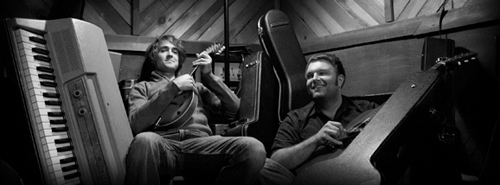
Ryan Green & Cameron Hood

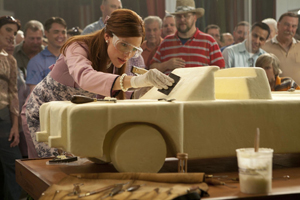

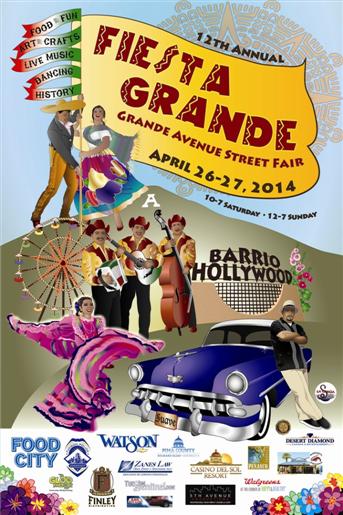
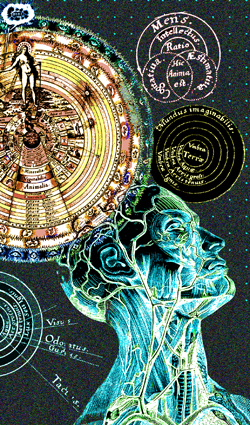

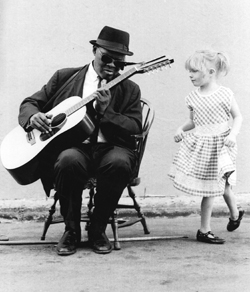

 After a couple of years of lying low due to music business and touring burn out, Tucson’s power-pop duo Ryanhood released a gorgeously melodic, folksy, acoustic guitar-driven 12-track disk at the end of 2013. The two 32-year-olds, Ryan Green and Cameron Hood, have scribed lilting songs on Start Somewhere that show a Zen growth, themes that arise from experiencing deep disappointments and coming out the other side spiritually as a Phoenix rising. The album’s song Sickbed Symphony recently garnered the band recognition from the 2014 International Acoustic Music Awards as the “Best Group/Duo.”
After a couple of years of lying low due to music business and touring burn out, Tucson’s power-pop duo Ryanhood released a gorgeously melodic, folksy, acoustic guitar-driven 12-track disk at the end of 2013. The two 32-year-olds, Ryan Green and Cameron Hood, have scribed lilting songs on Start Somewhere that show a Zen growth, themes that arise from experiencing deep disappointments and coming out the other side spiritually as a Phoenix rising. The album’s song Sickbed Symphony recently garnered the band recognition from the 2014 International Acoustic Music Awards as the “Best Group/Duo.”

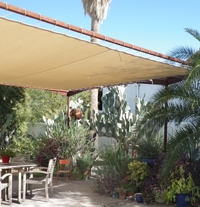
 Plant lovers unite for the Tucson Cactus & Succulent Society’s Sonoran X Conference! This year’s theme is “Plants for the Sonoran Desert Hobbyists,” a showcase of unique cacti and hybrid plants from around the world. The plant conference is on Saturday, April 19 from 8 a.m. until 9 p.m. and Sunday, April 20 from 8 a.m. until 3:30 p.m. at 475 N. Granada Ave.
Plant lovers unite for the Tucson Cactus & Succulent Society’s Sonoran X Conference! This year’s theme is “Plants for the Sonoran Desert Hobbyists,” a showcase of unique cacti and hybrid plants from around the world. The plant conference is on Saturday, April 19 from 8 a.m. until 9 p.m. and Sunday, April 20 from 8 a.m. until 3:30 p.m. at 475 N. Granada Ave.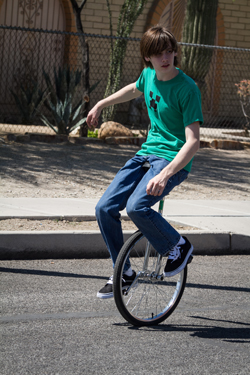

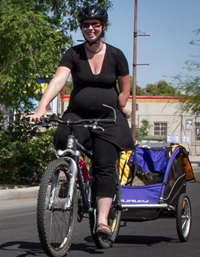
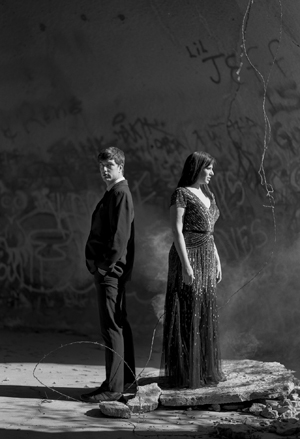
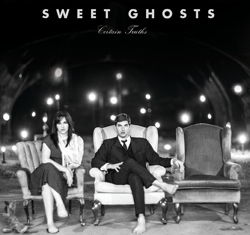
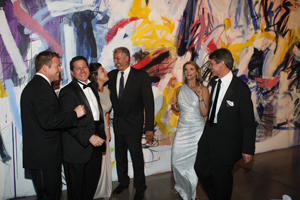
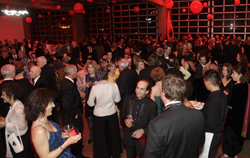
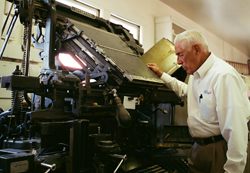
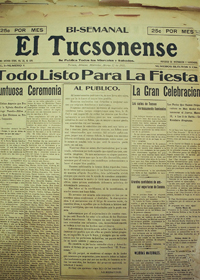




Also find us on...